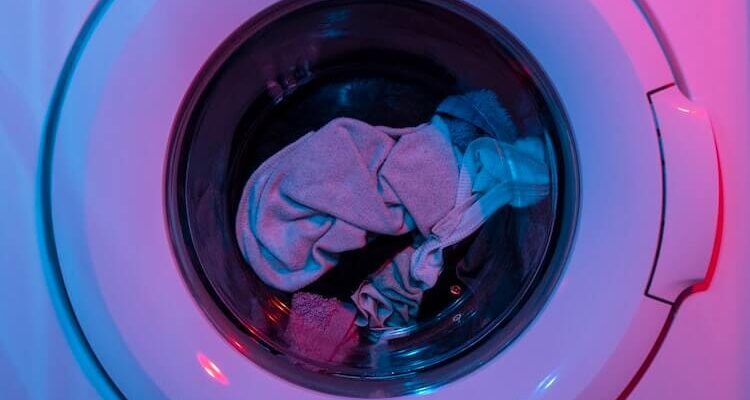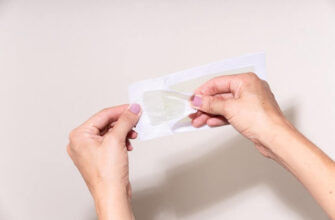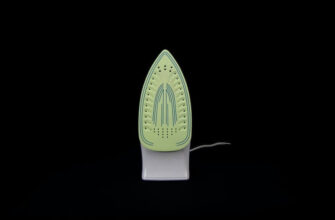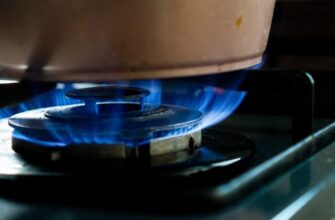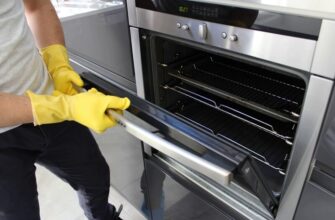- What to do when the washing machine stinks?
- 1. Washing at high temperatures
- 2. Clean the door rubber of the washing machine
- 3. Cleaning the lint filter of the washing machine
- 4. Clean the rinse chamber of the washing machine.
- 5. Decalcify washing machine regularly
- 6. Clean washing machine with home remedies
What to do when the washing machine stinks?
Freshly washed laundry should smell fresh. If it doesn’t or even smells, the washing machine may need cleaning. Six tips on how to get rid of the annoying smell from the washing machine.
To ensure that laundry not only looks sparkling clean after the wash cycle, but also smells that way, detergent manufacturers add plenty of fragrances to their products. But in times of economy programs and low-temperature washes, it’s becoming more and more common for the washing machine to stink.
1. Washing at high temperatures
If you wash your laundry exclusively in the low temperature range at 20, 30 or 40 degrees, a biofilm can form inside the machine where bacteria and fungi live. Then it can smell musty and stale from the machine.
To prevent odors, you should therefore clean your laundry once or twice a month at 60 degrees and with heavy-duty detergent. This detergent contains bleach and, together with the higher washing temperatures in powder or granule form or as a tab, ensures that the biofilm in the washing machine dissolves. Furthermore, additional washing cycles such as pre-wash and another rinse cycle may be useful.
Tip: You should wash your laundry at higher temperatures up to 90 degrees if you or a person in your household suffers from a contagious or notifiable disease.
2. Clean the door rubber of the washing machine
As another measure against stench from the washing machine, you can clean and dry the bull’s eye rubber every now and then – preferably after each wash cycle. Moisture and washing residues collect in the fold of the door rubber with every wash, providing an ideal breeding ground for germs and bacteria. If you push back the fold in the rubber and notice a greasy coating, you should remove it with a cloth.
Tip: The exterior of the machine can be cleaned with an all-purpose cleaner and a soft cloth, even the door of the feed opening is cleaned in this way from the outside and from the inside. Dust and detergent from the grooves of the control panel remove toothpicks or shish kebabs.
To prevent the deposit from forming in the first place, it is important to always leave the door open after washing. This allows the residual moisture to escape from the entire interior. The germs are thus deprived of the moist environment in which they feel most at home.
Tip: After each wash cycle, check whether paper tissues, loose change or paper clips from trouser pockets have accumulated in the rubber seal around the filling opening. Such objects can damage the rubber and must therefore be removed after each wash.
3. Cleaning the lint filter of the washing machine
Another possible source of the unpleasant smell is the lint filter. The sieve is usually hidden behind a small door in the lower right or left corner of the washing machine and catches the textile fibers that come off the clothes during washing. If it is not cleaned regularly, mold can form on the wet lint. The musty smell emanating from it also remains in the laundry.
For cleaning, the foreign body trap – that’s the official name for the lint filter – can be removed. However, you must be careful of the residual water that is still in the machine. Some machines have a hose that you can use to drain the water. In other models, the water simply flows out when you open the lint filter. It’s usually enough to clean the small trap about twice a year or as needed – unless otherwise stated in the instruction manual.
Tip: Sometimes, however, small parts such as small change are fished out of the water by the foreign object trap. If a lot of buttons and coins accumulate here, the strainer can become clogged. The machine then pumps out the water more poorly or more slowly.
4. Clean the rinse chamber of the washing machine.
Fungi or bacteria can also spread in the rinse chamber over time and form slimy or black layers after a while. Therefore, you should also clean the detergent compartment from time to time and leave it open a gap after washing so that it can dry.
For cleaning, first loosen the latch and then pull out the whole compartment. The latch is usually not difficult to find – often you just press on a specific spot marked for it. If in doubt, check the instruction manual.
You can clean the detergent drawer under running water or – even better – soak the incrustations in the sink first and then scrub the deposits off with an old toothbrush.
Tip: In areas with calciferous water, it makes sense to clean the injection nozzles as well. The water runs through them into the induction bowl. If these become calcified, the detergent can no longer be completely dissolved out of the chamber during washing.
5. Decalcify washing machine regularly
Germs and bacteria also like to settle on lime deposits. Therefore, it is important to decalcify the washing machine regularly. To prevent calcification, the detergent should always be dosed exactly according to the package instructions. Read here how you can best descale your machine.
Descaling is recommended for cost reasons alone. A calcified machine increases energy consumption considerably. According to calculations by the German Environmental Protection Agency, limescale deposits of as little as five millimeters on heating elements mean that an appliance requires 30 percent more energy. In addition, the laundry suffers: white fabrics turn gray over time, and the colors of colored textiles lose their radiance.
Tip: To prevent fresh laundry from becoming smelly, it is best to always hang up your laundry directly and do not leave it in the washing machine for longer. Also, choose the right amount of detergent: the dosage depends on the amount of laundry, the degree of soiling and the local water hardness.
6. Clean washing machine with home remedies
The washing machine can also be cleaned with some inexpensive home remedies. But not every agent is really suitable for the machine.
- Citric acid: it can be used to descale and clean the washing machine. You need 100 grams of the acid, which you dissolve in two liters of water. Put the solution in the detergent compartment and run the empty machine at 60 or 90 degrees. After that, the washing machine will smell fresh lemon.
Vinegar: In addition to citric acid, vinegar essence is often suggested for descaling washing machines. Not a good idea: vinegar and vinegar essence can damage plastic hoses and other small parts in the washing machine in the long run. - Soda: The powder is a good home remedy to clean the washing machine, because it removes bad odors. Simply run the empty washing machine with 50 grams of baking soda in the detergent compartment at a minimum of 60 degrees.
Dishwasher tabs: although they help clean the washing machine, they are only recommended to a limited extent against calcification. To clean, simply add the dishwasher tabs to the empty drum and use a 60 or 90 degree wash cycle.
No success by cleaning: Drain pump defective?
If there is no success after these cleaning measures, a defective drain pump could also be the cause of the odor.
A small leak is enough to form a puddle inside the machine, which begins to smell over time.

